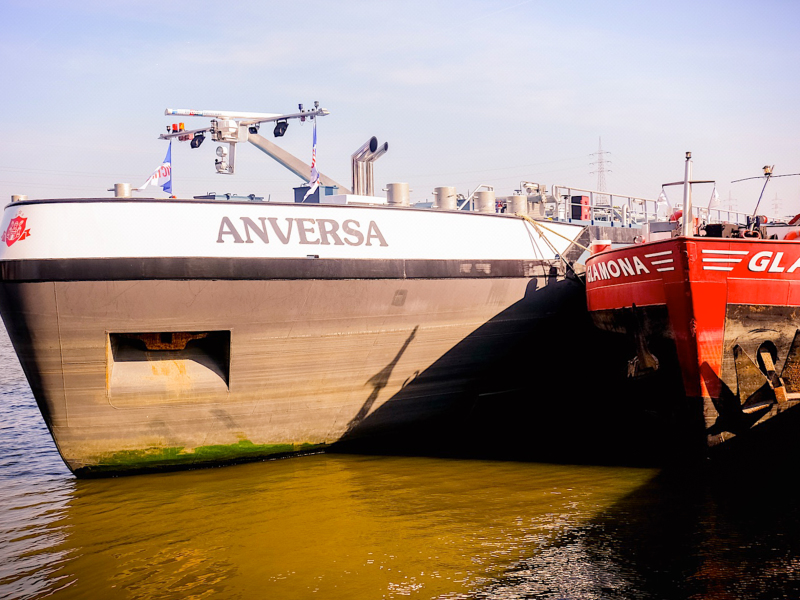Competitiveness of Short Sea Shipping
09.39 / 16067
From 2009 to 2010
TML and NECL developed a model to analyse the effects of different policy scenarios on the market position of Short Sea Shipping, examining the impact on transport costs, volumes, and emissions. TML developed a cost model and evaluated the impact of policy measures for different transport modes, including the environmental impact of SOx regulations.
In this project, TML and NECL analysed the market position of Short Sea Shipping (SSS) and assessed the competitive impact of the five different policy scenarios, both quantitatively and qualitatively. This project had three main objectives:
In a first step, the cost structure was determined for the different relevant modes. To estimate the impact on volumes for both SSS and road and rail transport for 252 origin-destination pairs, a model was set up. This model - which uses a CES production function - allows a choice between a route that uses mainly SSS (and partly road transport) or a route that uses mainly road transport (but possibly also partly rail and SSS) for each origin-destination. This choice depends mainly on the changes in costs.
The results show that the effect on both costs and volumes depend strongly on vessel type, distance, and type of good. Overall, the effects on modal shares remain relatively limited, ranging from a decrease for SSS of 1 to 7%. The effect on emissions is very clear for all pollutants. The qualitative analysis mainly focused on possible responses from the skippers themselves, such as reducing sailing speed or lowering profit margins. Finally, it also examined the effect on intercontinental trade of a 0.1% regulation for SOx in ECAs. On average, the cost increase for intercontinental trade by sea is very limited, and the share of sea transport costs in end-user prices is so low that this regulation would result in only a limited and negligible increase in end-user prices.
In this project, TML and NECL analysed the market position of Short Sea Shipping (SSS) and assessed the competitive impact of the five different policy scenarios, both quantitatively and qualitatively. This project had three main objectives:
- To estimate the impact of a limited group of policy measures aimed at improving the environmental performance of SSS on
- transport costs,
- transport volumes, and
- emissions.
- To estimate the importance of non-financial elements when choosing a particular mode, and how they would affect the results of the previous calculations.
- An assessment of the potential impact on European imports and exports.
In a first step, the cost structure was determined for the different relevant modes. To estimate the impact on volumes for both SSS and road and rail transport for 252 origin-destination pairs, a model was set up. This model - which uses a CES production function - allows a choice between a route that uses mainly SSS (and partly road transport) or a route that uses mainly road transport (but possibly also partly rail and SSS) for each origin-destination. This choice depends mainly on the changes in costs.
The results show that the effect on both costs and volumes depend strongly on vessel type, distance, and type of good. Overall, the effects on modal shares remain relatively limited, ranging from a decrease for SSS of 1 to 7%. The effect on emissions is very clear for all pollutants. The qualitative analysis mainly focused on possible responses from the skippers themselves, such as reducing sailing speed or lowering profit margins. Finally, it also examined the effect on intercontinental trade of a 0.1% regulation for SOx in ECAs. On average, the cost increase for intercontinental trade by sea is very limited, and the share of sea transport costs in end-user prices is so low that this regulation would result in only a limited and negligible increase in end-user prices.



